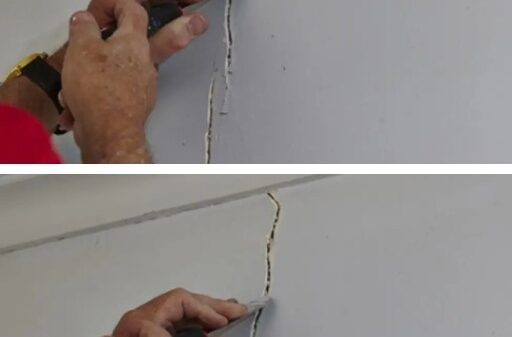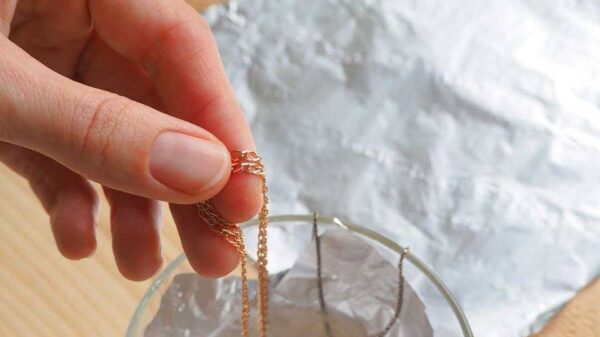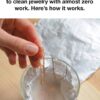Sharing is caring!
The small hole at the bottom of a padlock serves an essential function. Discover why it’s there, how it prevents damage, and why you should never ignore it.
What Is the Small Hole at the Bottom of a Padlock?
Have you ever noticed the tiny hole at the bottom of a padlock and wondered what it’s for? While it might seem insignificant, this small feature plays a crucial role in maintaining the functionality and longevity of your lock. Understanding its purpose can help you keep your padlock in top condition and prevent common issues that can lead to lock failure.
1. Preventing Water Accumulation and Rust
One of the primary reasons for the small hole is to drain water from inside the lock. If water were to collect inside, especially in outdoor padlocks exposed to rain and humidity, it could lead to rust and corrosion. Over time, this would make the internal mechanisms stiff or even cause them to seize completely.
By allowing excess moisture to escape, this hole ensures that the lock remains operational even after exposure to wet conditions.
2. Lubrication Access for Maintenance
Another important function of this hole is to provide an entry point for lubrication. Over time, padlocks can accumulate dirt, dust, and debris inside the locking mechanism, making them harder to open.
Applying a few drops of oil or graphite lubricant through the small hole can help keep the internal components moving smoothly. This is especially useful for locks that are frequently used or exposed to outdoor elements.
How to Lubricate a Padlock:
- Use a silicone-based lubricant or graphite powder (avoid grease-based oils as they attract dirt).
- Insert the lubricant nozzle into the hole and apply a few drops.
- Insert and turn the key multiple times to distribute the lubricant evenly.
3. Pressure Equalization in Changing Temperatures
Padlocks used outdoors are subject to temperature changes, which can cause internal air expansion and contraction. The small hole helps equalize internal pressure, preventing condensation buildup inside the lock.
Without this feature, moisture from condensation could freeze in colder climates, making the lock difficult or impossible to open.
4. Emergency Unlocking in Case of Jammed Locks
In some padlock designs, the small hole allows for an emergency unlocking method. Some locks can be released by inserting a fine wire or specialized lock-picking tool through the hole to manipulate the locking mechanism.
While this isn’t a universal feature, it serves as a backup solution for cases where a padlock key is lost or the lock becomes jammed.
Are All Padlocks Equipped with This Small Hole?
Not all padlocks have this feature. Cheaper or smaller padlocks may lack it, making them more vulnerable to rust and mechanical failure. High-quality locks from reputable brands almost always include this drainage hole as part of their design to ensure durability and longevity.
If you’re purchasing a padlock for outdoor use, choosing one with this feature can help prevent long-term damage from moisture and debris.
Conclusion
The small hole at the bottom of a padlock serves several essential purposes, from preventing rust and water buildup to facilitating lubrication and pressure equalization. Regular maintenance, including proper lubrication through this hole, can extend the lifespan of your padlock and keep it functioning smoothly.
Next time you see this tiny detail on your lock, you’ll know it’s not just a random design element—it’s a feature that helps protect and maintain the integrity of your lock over time.
Sharing is caring!
![]()


























